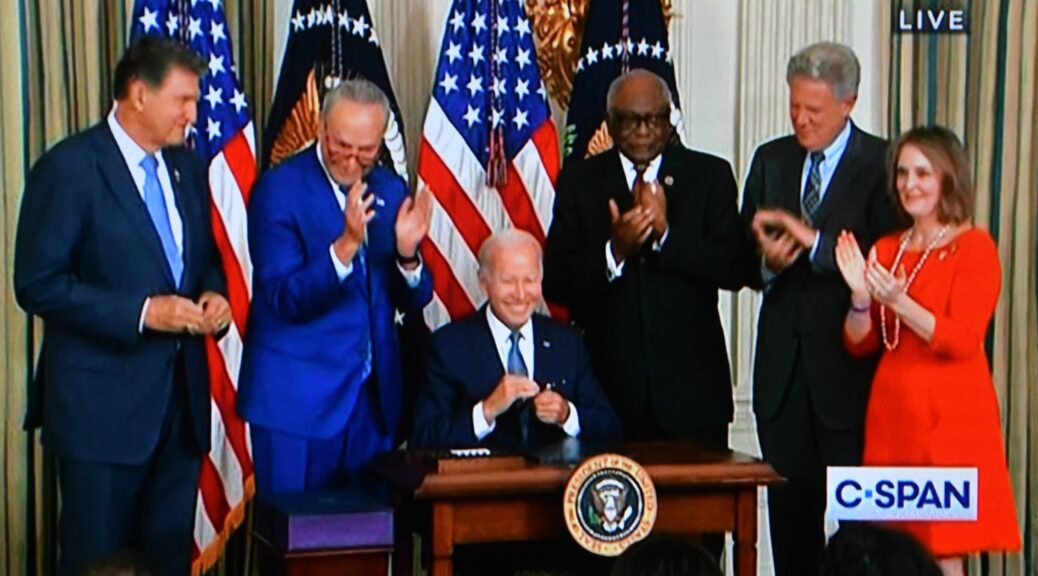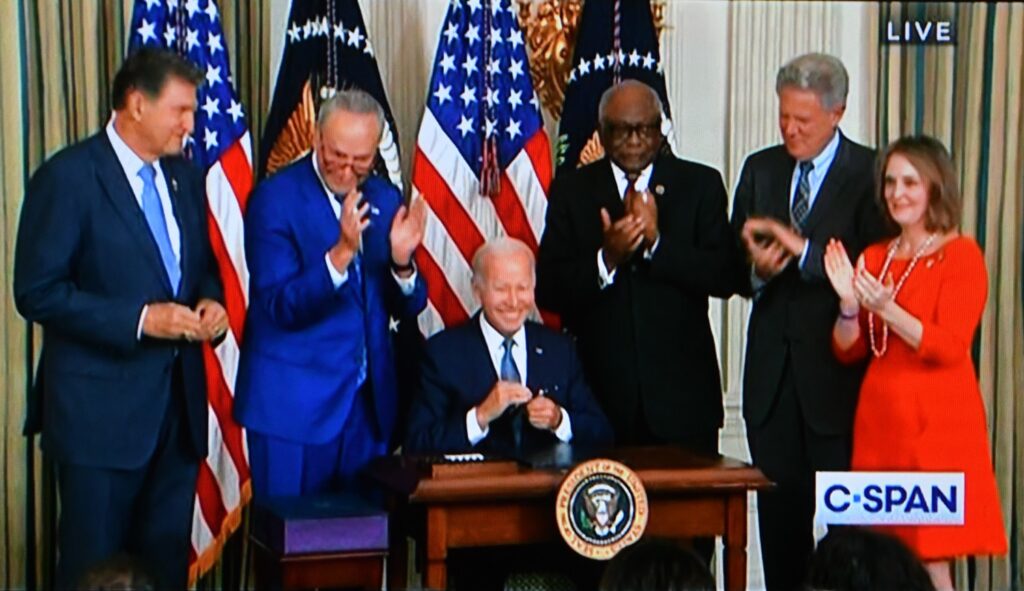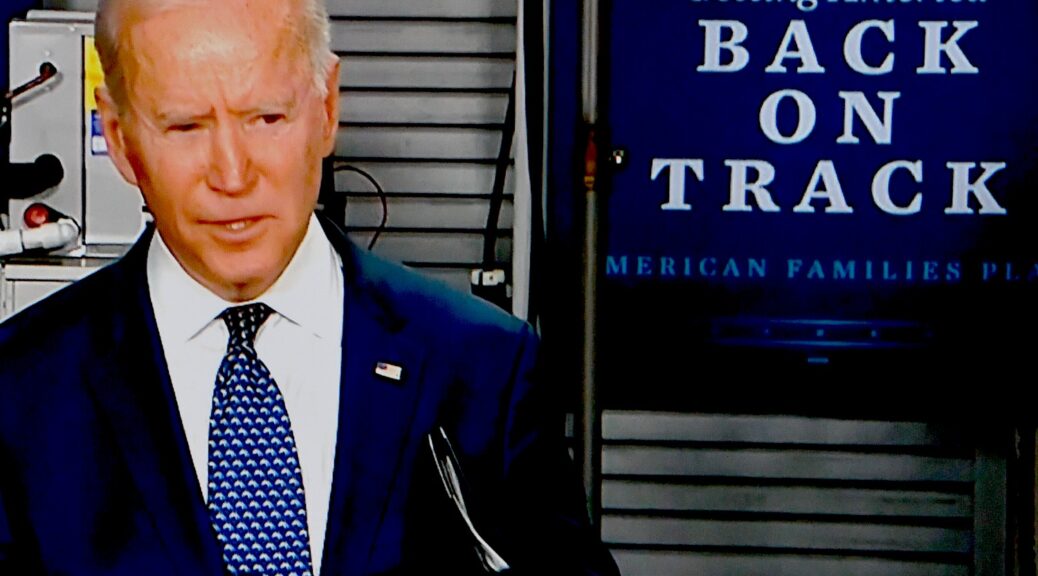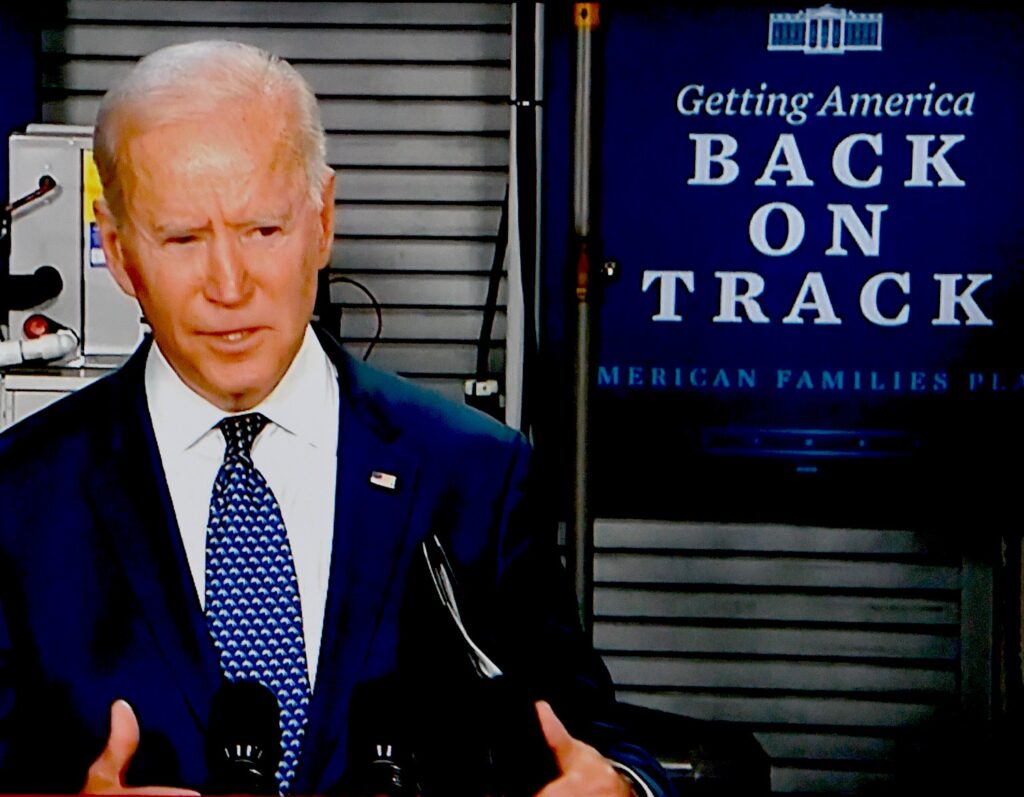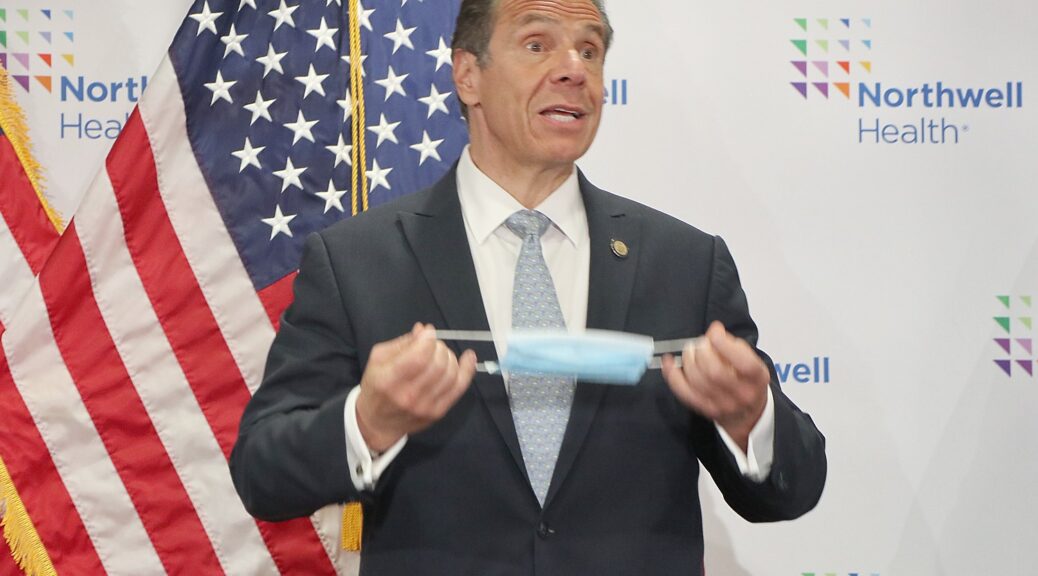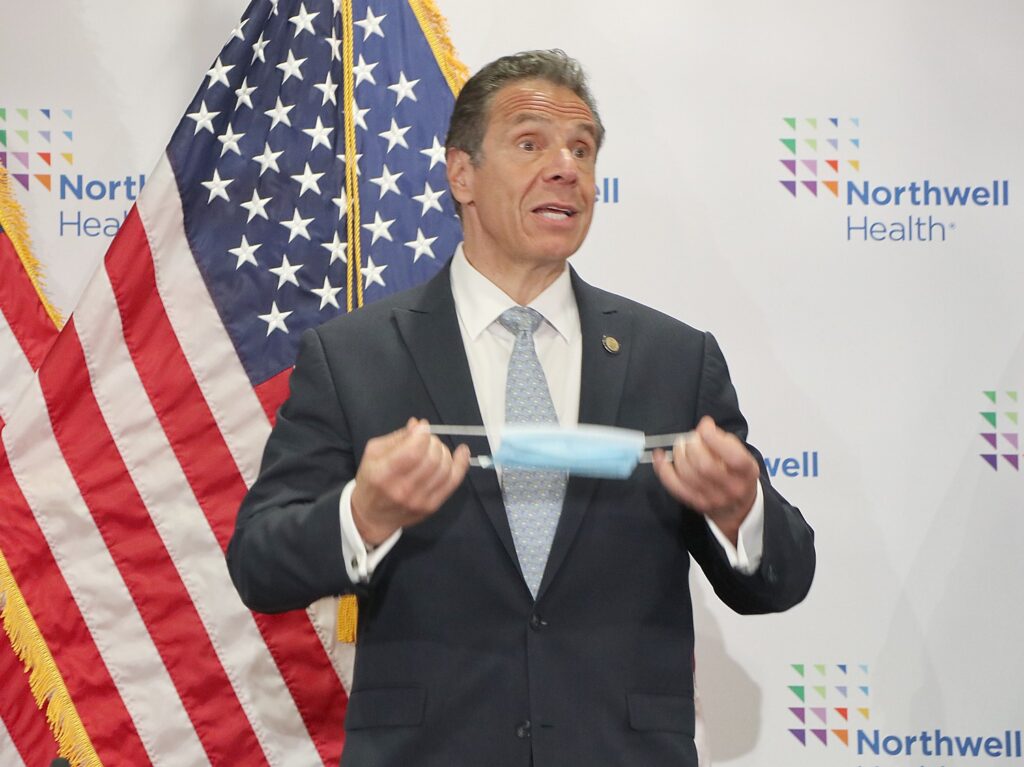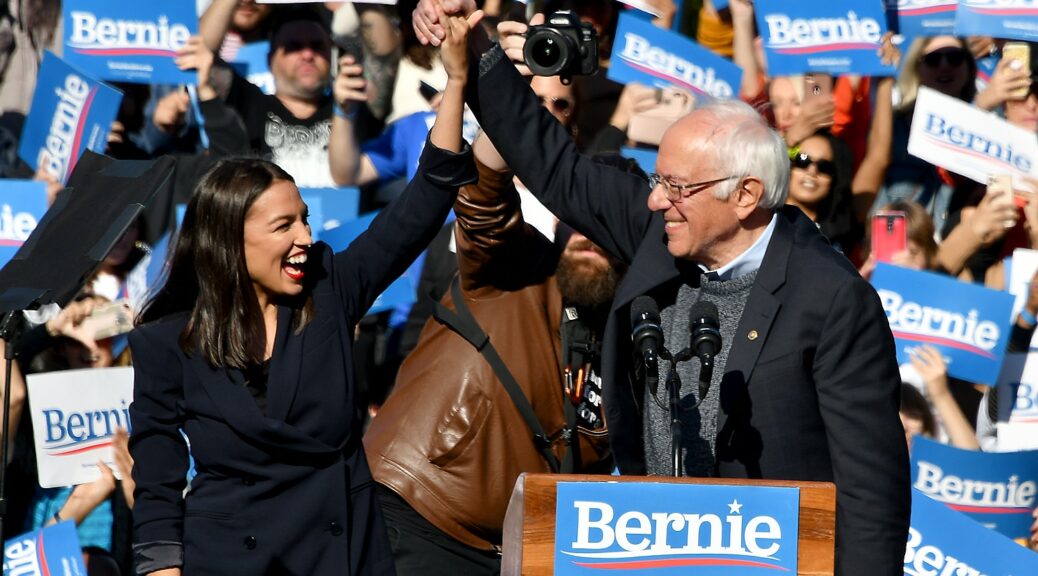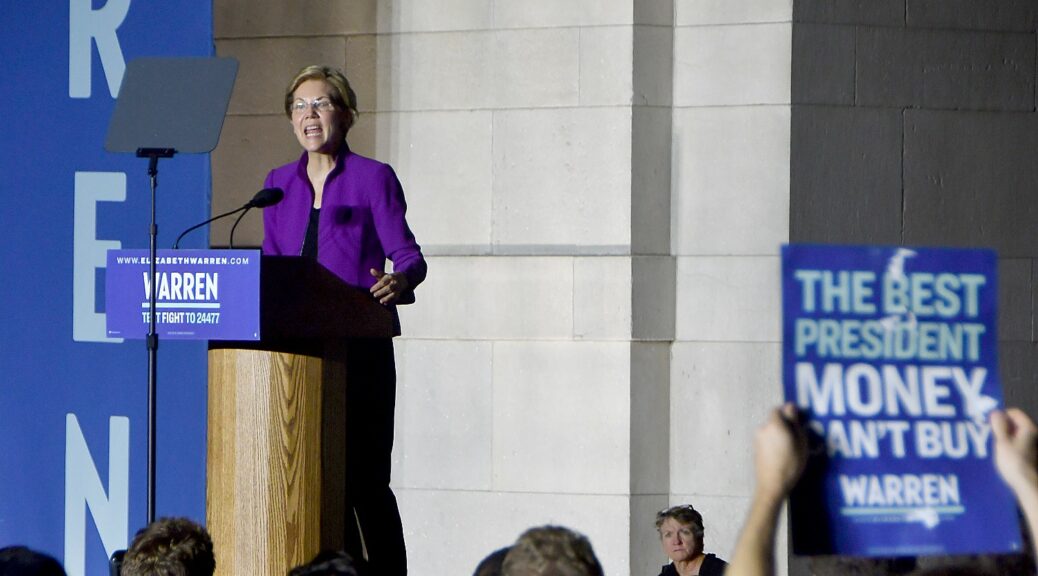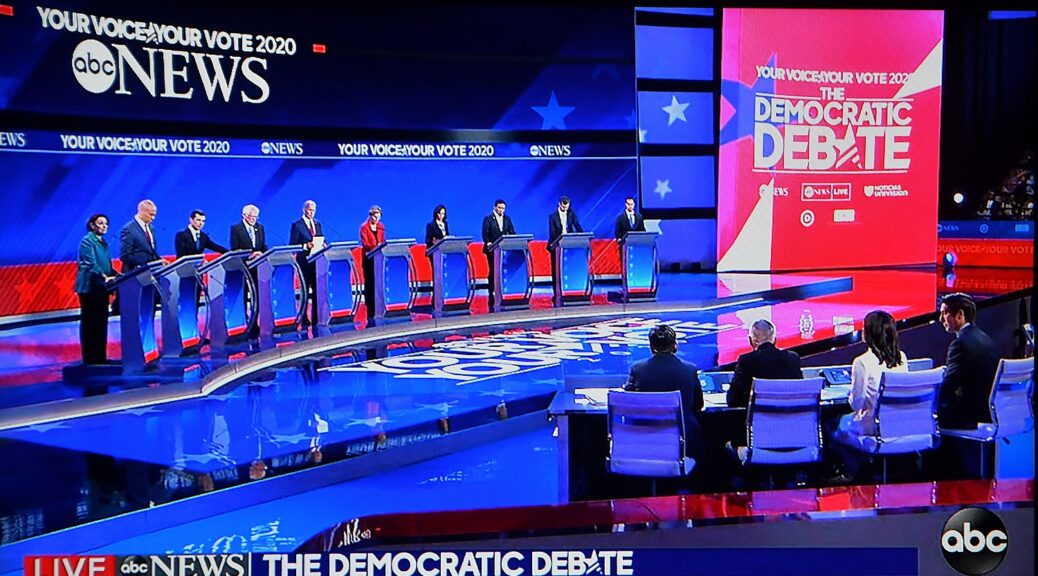
Washington, D.C. – Senate Majority Leader Chuck Schumer (D-NY) released the following statement on the historic achievements made by Senate Democrats since President Biden took office:
“There are two words that I believe perfectly summarize the Senate under Democratic leadership: productive and bipartisan. To even do small things in the Senate is tough. To pass major pieces of bipartisan legislation in the longest evenly divided Senate in history is a testament to Democrats’ persistence and hard work to deliver for the American people,” Senate Majority Leader Chuck Schumer said.
“On top of all the major accomplishments last year, in 2022 alone, we passed a significant postal reform bill over a decade in the making. We passed a bold and robust government funding package which included the reauthorization of the Violence Against Women Act. We passed critical emergency aid for the people of Ukraine. We passed the Emmett Till Anti-Lynching bill, after a century of waiting. We confirmed the first Black woman to the Supreme Court. We passed the first gun safety legislation in 30 years. We passed an historic investment in America’s future with the CHIPS and Science Act. We passed legislation to help our veterans suffering from the effects of toxic burn pits. And we passed the Inflation Reduction Act which will lower costs for prescription drugs, fight climate change and cut down on inflation and the deficit.”
Lowering Costs, Creating Jobs, And Taking Historic Action to Fight Climate Change. The Senate passed the Inflation Reduction Act, historic legislation that will lower drug and energy costs, create jobs, reduce the deficit, and take the most significant action ever to fight climate change.
Delivering Critically Needed Historic Legislation To Rebuild Our Crumbling Infrastructure. The Bipartisan Infrastructure law is “the biggest public-works bill since former President Eisenhower created the interstate highway system in 1956.” The infrastructure law includes the largest-ever investment in clean drinking water, the largest-ever investment in public transit, the largest investment in passenger rail since the creation of Amtrak, and the largest investment in clean energy transmission and EV infrastructure in U.S. history. Across the country, Senate Democrats have held event after event to spread the word about the direct impact these investments will have on their communities. And the Senate passed the Water Resources Development Act of 2022.
Providing Critical Support For American Families. Thanks to the American Rescue Plan, more than 160 million Americans received economic impact payments. The American Rescue Plan provided tens of billions of dollars to support vaccination and testing in response to the COVID pandemic. The 2022 funding law includes historic investments in our communities.
Supercharging American Innovation and Laying the Groundwork for a New Century of American Leadership. President Biden signed the Chips and Science Act, critical legislation to boost American competitiveness, ease supply chains, invest in scientific research, incentivize semiconductor manufacturing, and create jobs. President Biden signed bipartisan ocean shipping legislation to ease supply chains and drive down costs of shipped goods.
Righting Wrongs For Our Veterans and Their Families. The Senate passed and President Biden signed historic legislation to help veterans exposed to burn pits access the care they need for injuries sustained serving their country.
Enacting The First Major Gun Safety Law in Decades. President Biden signed the most significant gun safety legislation in 30 years, including incentives for red flag laws, closing the “boyfriend loophole,” creating new federal straw purchasing and trafficking criminal offenses, and funding a historic expansion of mental health services. And the Senate confirmed the first permanent Director of the Bureau of Alcohol Tobacco Firearms and Explosives since 2015.
Supporting and Modernizing the Postal Service. The Senate passed bipartisan legislation to invest in the Post Office and improve delivery.
Protecting Americans Against Hunger. President Biden signed the FORMULA Act and the Access to Baby Formula Act to expand the availability of baby formula. And President Biden signed the Keep Kids Fed Act to extend funding for healthy meals for children over the summer.
Making Historic Steps to Restore the Judiciary. Senate Democrats confirmed the first Black woman to serve on the Supreme Court, Justice Ketanji Brown Jackson. Thanks to Senate Democrats, President Biden has had 75 District and Circuit Court judicial nominees confirmed. And, according to FiveThirtyEight, “Biden’s judges are breaking records on diversity.”
Supporting The People of Ukraine Against Putin’s Illegal War And Holding Russia Accountable. Senate Democrats passed and President Biden signed legislation to provide more than $10 billion in support for the people of Ukraine, followed by an additional $40 billion in emergency aid to Ukraine,suspend Permanent Normal Trade Relations (PNTR) with Russia, ban the importation of Russian energy exports, and the Ukraine Democracy Defense Lend-Lease Act. And the Senate approved NATO membership for Finland and Sweden.
Ending Forced Arbitration for Survivors of Sexual Assault. President Biden signed a bipartisan bill that ends forced arbitration in workplace sexual assault and harassment cases, allowing survivors to file lawsuits in court against perpetrators.
Fighting Back Against Hate, Crime and Oppression. President Biden signed into law legislation to make lynching a federal hate crime. The COVID-19 Hate Crimes law will allow us to better confront anti-Asian hate crimes. The Uyghur Forced Labor Prevention Act, passed unanimously by the Senate, will ban the sale of goods made by Uyghur slave labor and take a stand against the genocide of the Uyghur people. President Biden signed bipartisan legislation to provide support to the victims of crimes. And President Biden signed legislation to commemorate Juneteenth, celebrating the end of slavery in the United States. The Senate passed legislation to streamline research of marijuana. The 2022 Omnibus funding bill also included a reauthorization of the Violence Against Women Act.
Undoing the Trump Administration’s Worst Rules and Making Progress in the Fight Against Climate Change. President Joe Biden signed three separate laws to repeal Trump-era rules,“blocking payday lenders from avoiding caps on interest rates, restricting climate-warming greenhouse gas emissions from oil and gas drilling and ending rules on how the Equal Employment Opportunity Commission settles claims.”
Confirming History-Making Nominees. According to the Brookings Institution, the Biden administration made history with “the most diverse set of confirmed appointees.”This includes the first Native American Cabinet Secretary (Sec. Haaland), the first woman to be Secretary of the Treasury (Sec. Yellen), the first Black Secretary of Defense (Sec. Austin), and many more.
See also: Elect Democrats




